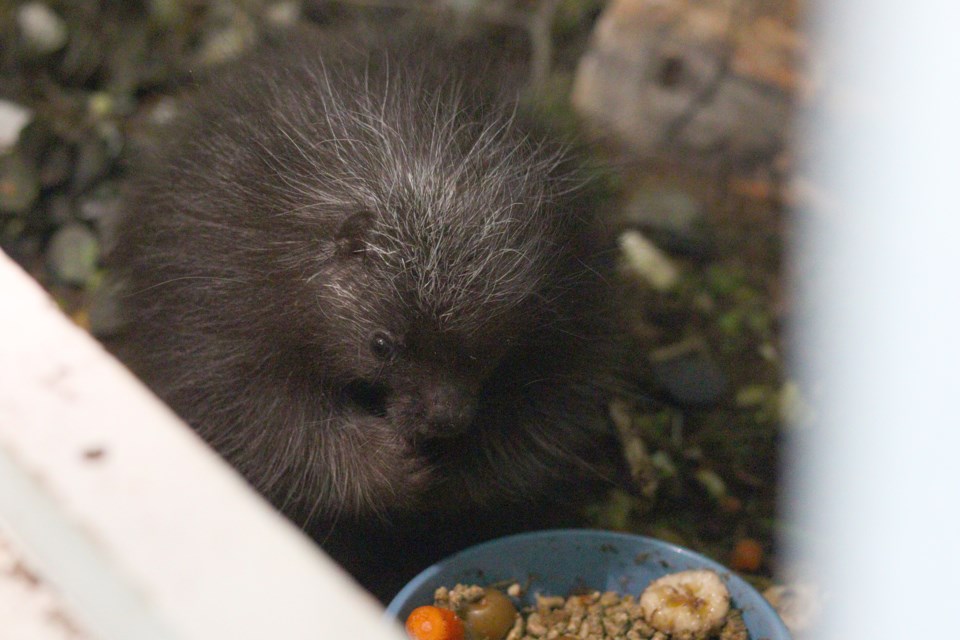As summer winds down, the Cochrane Ecological Institute (CEI) is continuing its decades-long mission of ecological conservation and wildlife rehabilitation. For much of her life, CEI president and co-founder Clio Smeeton has been at the forefront of this work, dedicated to preserving natural ecosystems.
“This is an era of biodiversity loss,” Smeeton said. “If we want to save the animals in our environment, we need to know how many there are and where they’re living.”
In 1964, she and the institute reached a major milestone by establishing the first captive-breeding colony of swift fox intended solely for reintroduction into the wild.
“My mother, who was behind the entire idea, wanted to start with muskox,” she recalled. “It would have been a good idea at the time, but we couldn’t afford it, so we did it with swift fox instead.”
The project was the first of its kind in both Canada and the United States. At the time, wildlife rehabilitation was a small, close-knit field, and CEI quickly developed a reputation for its pioneering work.
“People who came across a fawn would be referred to us,” Smeeton said. “That’s how we got into wildlife rehab.”
Today, CEI operates the largest wildlife rehabilitation facility in southern Alberta-- 140 acres of native habitat surrounded by two miles of eight-foot game fencing. The organization runs entirely on donations and proceeds from its Happy Tails Retreat.
“Nobody is paying for the wildlife rescue,” said Smeeton. “We have to fund it ourselves, and that’s what Happy Tails is for.”
Since their swift fox work, the institute has rehabilitated and released countless animals, including bears, bison, birds, and otters. Students from across the globe also come to CEI to conduct research. Recently, a University of Glasgow master’s student from Scotland stayed to study bird vocalizations.
“It’s really cutting edge,” Smeeton said. “Nobody is doing as much work in that area.”
This summer, CEI took in a baby porcupine named Arnie, found by a man who drove a long distance to bring him to safety. Arnie is now recovering in an enclosure inside an all-white painted room—one that also houses a recorder used for CEI’s sound research.
Since 1995, CEI has been recording animal vocalizations, beginning with swift fox calls and later expanding to other species. Early tracking methods, such as radio collars, proved harmful and altered animal behaviour, leading to biased data. By using non-invasive audio techniques, CEI can gather accurate information without touching, trapping, or stressing the animals.
Their sound recordings have even made their way into pop culture. Award-winning sound designer Paula Fairfield, known for her work on Game of Thrones, has incorporated CEI’s wildlife recordings, such as a moose eating an apple, into the show’s dragon sounds.
Despite these high-profile collaborations, CEI’s focus remains ecosystem restoration, wildlife rehabilitation, and education. On August 17, they will host ‘Living with Wildlife,’ a family information session at Mitford Park in partnership with the Alberta Wilderness Association. Running from 10 a.m. to 3 p.m., the event will teach attendees about wildlife behaviour, habitat, and diet.
“This is important because now is the time many young wild animals, born this spring, are leaving their natal groups and learning to live as adults,” Smeeton said.
For more information, contact Ali Morrison at 403-688-0812. To support CEI’s work, visit ceiwildlife.org/donate.




